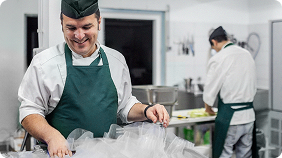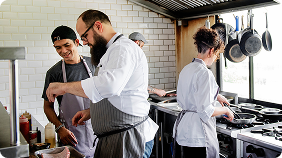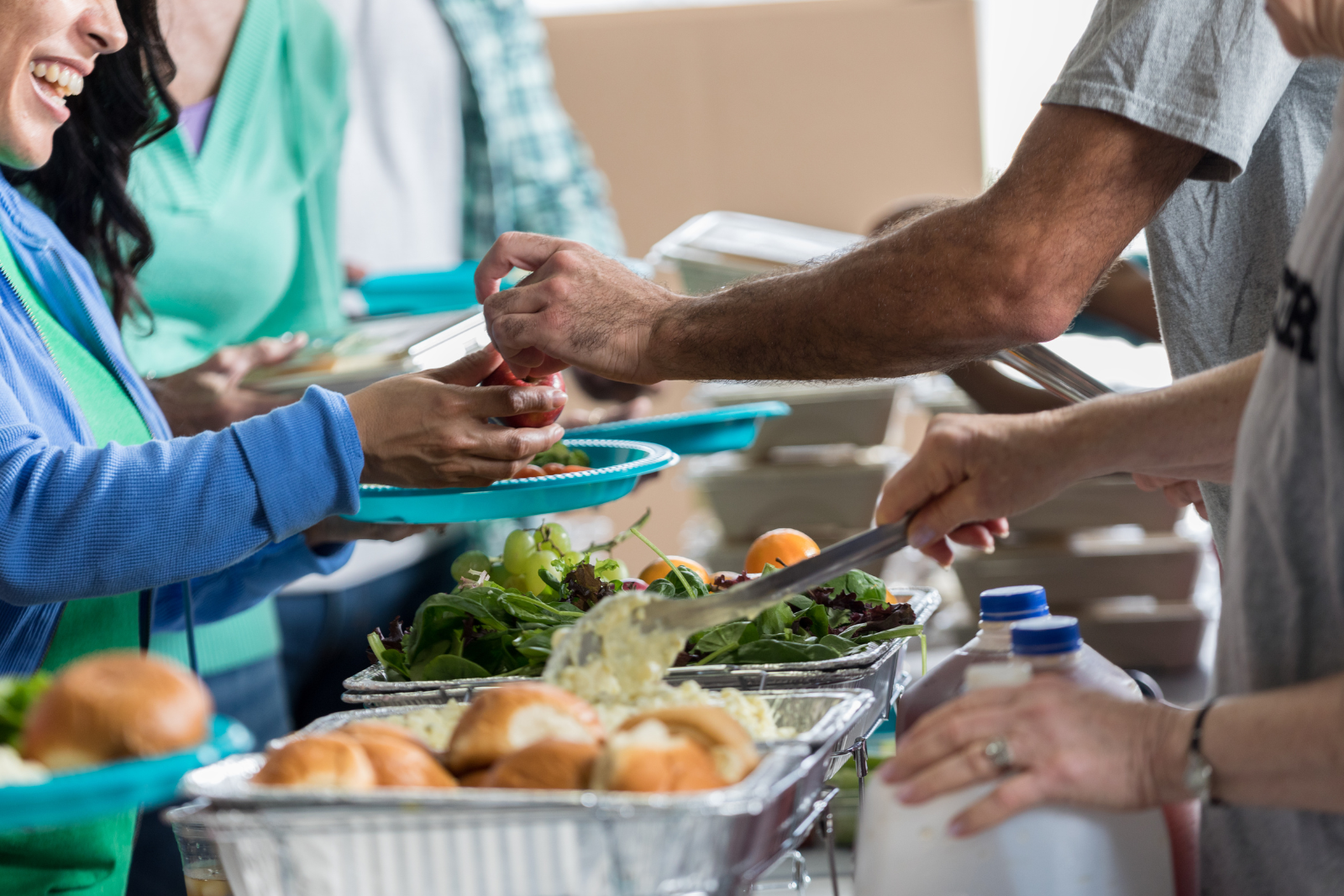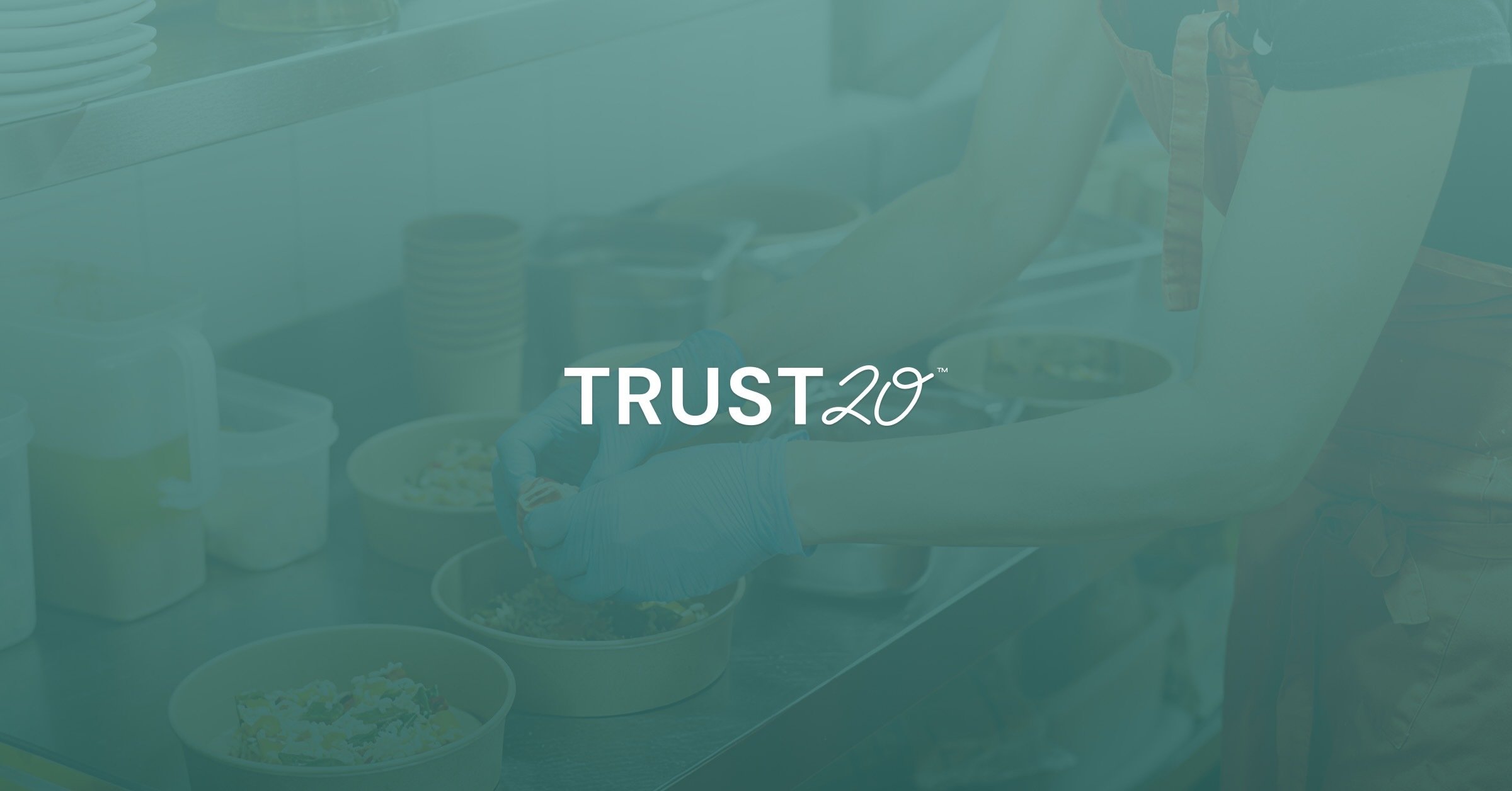Everyone deserves to have fulfilling and satisfying dining experiences–and people with food allergies and intolerances frequently struggle to enjoy a simple meal out. In fact, one in three people with food allergies and intolerances report having reactions in restaurants.1
That is why it is essential to always ask guests if they have any food allergies or intolerances.
Communicating clearly with your customers by inquiring about any allergies the staff needs to be aware of can save everyone from dealing with the results of a reaction occurring in your establishment.
Here are a few tips and questions to ask for when you’re approaching customers about their food allergies. We've broken them down into two portions of the dining experience:
Greeting the customer
The first step to ensuring that a customer's food will be prepared safely is asking if they have any allergies or intolerances when first greeting them. For people with major allergies, this will set the tone for a comfortable dining experience.
You can kindly ask the customer by saying:
“Are there any allergies, intolerances, or food preferences I should know about?”
If the customer does have any allergies, ensure the customer that you will let the kitchen know immediately. It is also important to note if your restaurant's menu has symbols for any menu items that contain possible allergens.2 Let the customer know of any items that have major allergens so they can order accordingly.
Once the food is ready to be served, double-check the order with the kitchen:
“Is this the correct order for my table with the (insert allergy) allergy?”
Serving the food
Once the order is confirmed and brought out to the table, give the customer a minute to assess the food and check in with the customer to make sure their food appears safe and to their liking.
You can approach it by saying:
“I confirmed with the kitchen that this was prepared away from (insert allergy). Does everything look and taste right to you?”
If you notice an allergic reaction occurring, quickly call for help and remain calm. Many servers aren’t extensively trained on how to handle allergic reactions. This means that your manager should be knowledgeable on how to handle allergic reactions according to the U.S. Food and Drug Administration (FDA) Food Code.3
It’s always smart to be prepared for any situation where an allergic reaction may occur. Taking the necessary steps right when the customer sits down can help avoid emergency situations in the future. This will help your restaurant's reputation in the long run and avoid being liable for a situation that could have been avoided.4
In any situation relating to food allergies, communication is key. An open line of communication between the customer, kitchen, and any other parties involved is crucial to eliminating any cross contact of potential contaminants.
Sources:
-
Food Safety: Avoiding Food Allergy Reactions
-
FDA: 2022 Food Code
-
Celiac.com: Man Sues T.G.I. Fridays Over Allergic Reaction to Non-Gluten-Free Hamburger Bun






.png)

.png)
